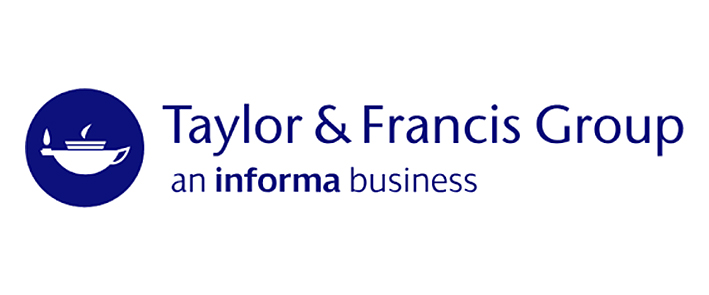WHO Expert Committee on Biological Standardization (Thirty-sixth Report)/ World Health Organization
Material type: TextSeries: Technical Report Series; no ; 745Publication details: Geneva: World Health Organization, 1987Description: 149 pages: diagram, graph, table; 19 cmISBN:
TextSeries: Technical Report Series; no ; 745Publication details: Geneva: World Health Organization, 1987Description: 149 pages: diagram, graph, table; 19 cmISBN: - 9241207450
- 05123054
- 100 SD:610.621 WHO.TR.745
| Item type | Current library | Call number | Status | Date due | Barcode | Item holds | |
|---|---|---|---|---|---|---|---|
| Reports | ISI Library, Kolkata Reports & Records Collection | 100 SD:610.621 WHO.TR.745 (Browse shelf(Opens below)) | Available | C21574 |
Browsing ISI Library, Kolkata shelves, Shelving location: Reports & Records Collection Close shelf browser (Hides shelf browser)
| 100 SD:610.621 Who.Tr.742 Technology for water supply and sanitation in developing countries : report of a WHO study group [meeting held in Geneva from 14 to 19 April 1986] | 100 SD:610.621 WHO.TR.743 The biology of malaria parasites/ | 100 SD:610.621 WHO.TR (744) Hospitals and health for all/ | 100 SD:610.621 WHO.TR.745 WHO Expert Committee on Biological Standardization (Thirty-sixth Report)/ | 100 SD:610.621 WHO.TR.746 Community-based education of health personnel: report of a who study group/ | 100 SD:610.621 WHO.TR.76 Expert Committee on Drugs Liable to Produce Addiction : fourth report | 100 SD;610.621 WHO.TR.760 WHO Expert Committee on Biological Standardization : thirty-seventh report, meeting held in Geneva from 1 to 8 December 1986 |
General -- Substances: Antibiotics -- Antibodies -- Antigens -- Blood products and related substances -- Endocrinological and related substances -- Miscellaneous -- Requirements for biological substances
The WHO Expert Committee on Biological Standardization met in Geneva from 12 to 18 November 1985. The meeting was opened on behalf of the Director-General by Dr Lu Rushan, Assistant Director-General.
Announces changes in the status or development of 34 biologicals. The report also presents full details on revised requirements for the manufacturing and national control of tuberculins, dried BCG vaccine, and continuous cell lines, followed by amended requirements for inactivated poliomyelitis vaccine and an addendum to the requirements for antimicrobic susceptibility. A concluding section presents data documenting the history of the production of the WHO primary seed of 17D yellow fever virus to be used in the production of vaccine. As with previous reports from this committee, the present work will serve as both an indispensable reference for manufacturers and control authorities and an integral part of WHOs efforts to assure the production of safe, reliable, and potent biologicals.
There are no comments on this title.


























